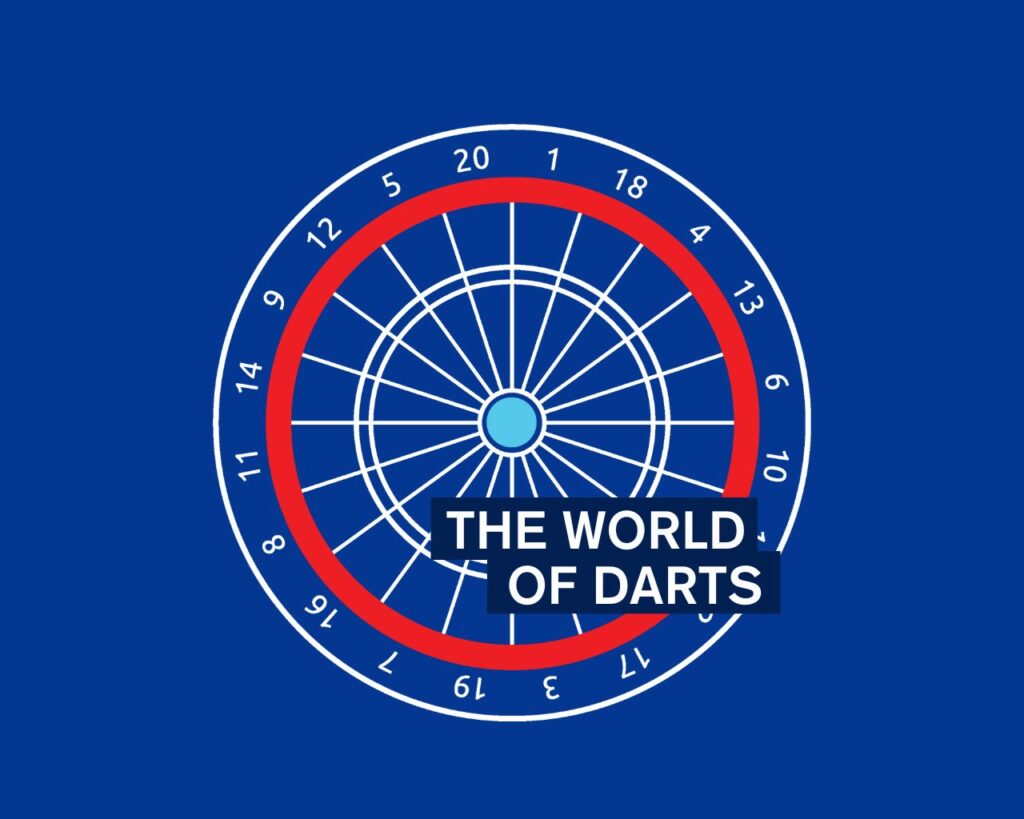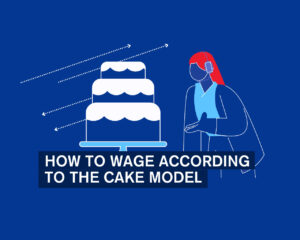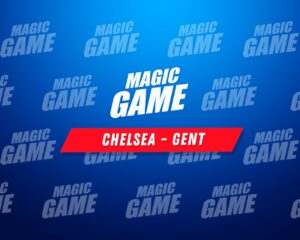Darts: A Game of Skill and Fun For All Ages
Darts, a pub favourite that has fast become a world sport, requires minimal levels of physical fitness, having developed as a pastime, in post-War times, it developed into a popular sport for former British colonies, the Netherlands, Belgium, the US and Scandinavia.
Our blog articles takes you through history of darts, game rules and famous tournaments.
History of the Sport
The sport of darts continues to evolve, developing from a social game into one of the largest participatory sports in the world. The game’s origins lie in the post-War era in Britain when soldiers would hone their games by throwing short arrows at either a tree trunk or the bottom of a cask. Spontaneous cracks in the wood created a line of set scores, almost unintentionally paving the way for the game as we know it today.
It didn’t take too long, however, for darts boards to wind their way into British pubs and bars, becoming a favourite of patrons due to its simplicity, as well as the social peer group it builds. Pub patrons played and talked at the same time. The game’s popularity in Britain contributed to its status as a traditional pub sport, where punters could play among their peers, over a beer, or compete in tournaments.
The sport’s historical evolution, growing out of pub culture and into the sporting mainstream, has been an interesting development. Darts is a game that has developed from the innocent pastime of friends joining in for a pint, borrowing a board, to that of a highly professional and international career and sport. The turning point of darts was the board designed in 1896 by a visionary Lancashire carpenter, who crafted the board by compressing sisal (agave) fibres. He separated the large numbers from the small ones, penalising inaccurate throws.
As the sport expanded beyond the borders of the United Kingdom, it gained interest in countries such as the Netherlands, Belgium, the United States, and Scandinavia. Darts’ international appeal led to the establishment of professional governing bodies, with the PDC and the longstanding BDO playing crucial roles in shaping the sport’s trajectory.
Rules of Darts
- Turn order is ascertained by throwing a single dart with the player nearest to bullseye having the turn.
- Each throw consists of three darts unless the game is won with fewer.
- Only darts in the board at the end of the turn count; they are not to be thrown again.
- If a player goes over their remaining points, he or she loses their turn and scores nothing.
- The centre of the bullseye should be exactly 5ft 8in high.
- Darts are thrown at a board from a “toe-line”, known as the oche, at least 7 feet 9.25 inches horizontally from the board.
Object of the Game
The game of 501, which is the most popular version of scoring, requires the player to reduce his/her score and finish on a double or bullseye (with their final dart), winning the leg/set. A leg is best of 3, and a set is best of a defined number of legs.
Checking Out
The term “checking out” is crucial in the 501 game. To achieve this, a player must carefully plan their throws, considering the optimal combination of singles, doubles, and trebles to reach the all-important zero-point mark.
The Drama of the Final Dart
The climax of the 501 game unfolds in the tension-filled moments of the final dart throw. With the remaining score teetering on the edge, players must choose between a double or the elusive bullseye to claim victory.
Legs, Sets, and Championships
A single game is often just one leg. To secure victory, players must win a predetermined number of legs, typically best of three or five, in a set. The most prestigious darts tournaments, like the PDC World Championship, escalate the drama further by requiring players to win a set best of 13, making it a battle of endurance and skill.
Players & Equipment
Darts is a straightforward game, requiring only a board and a set of darts. The board measures 18 inches in diameter and is divided into 20 sections, each bordered by thin metal wire. The scoring system includes doubles and trebles, with the bullseye and outer bull contributing 50 and 25 points, respectively. Darts are made from a combination of metal, nylon, and plastic, must adhere to weight and length regulations – no more than 50g and no longer than 300mm.
Scoring
Players score points by throwing three darts at the board. The numbers on the board have their own values, doubled, or trebled based on the section hit by the dart.
Bullseye (Inner Bull) is located at the centre of the dart board; it is usually worth 50 points whereas the ring surrounding the bullseye (Outer Bull) is typically worth 25 points.
Maximum Score
The maximum score per turn is 180, achieved by hitting three treble 20s. This is considered the highest achievable score in a single turn.
Throwing Darts
Players take turns throwing three darts per turn, aiming to score as many points as possible in each round.
Checking Out
In games like the standard 501, the objective is to reduce the score to 50 or less and finish the game by hitting a double or a bullseye with the final dart.
Ending a Turn
Only darts remaining in the dartboard at the end of the throw count towards the score. Darts that bounce off or fall out cannot be thrown again.
Special Combinations
Certain combinations of numbers allow players to “check out” efficiently. For instance, reaching zero with a double or a bullseye is a common strategy in ending a leg or set.
Winning Sets and Matches
In tournament play, players aim to win sets and matches. Sets are often won by being the first to secure a specified number of legs, and matches are won by being the first to secure a predetermined number of sets.
Winning the Game
To win, a player must reach zero by hitting a double or bullseye, starting from the 501-point mark. A set is typically won by being the first to secure three legs, and most matches are played “best of” a defined number of sets. The PDC World Championship, the sport’s pinnacle, involves a final that is best of 13 sets.
Darts Tournaments and Divisions
Darts, with its rich history and global popularity, boasts a diverse array of tournaments and divisions that showcase the skill and excitement of the sport. From local competitions to international championships, here are some of the most prestigious events and divisions in the world of darts.
PDC World Championship
The PDC (Professional Darts Corporation) World Championship is the pinnacle of professional darts, it attracts top players from around the globe. This championship held annually and features intense competition, culminating in a final that is best of 13 sets.
Players battle through multiple rounds, starting with a straight knockout format. The tournament’s grand finale is held at the iconic Alexandra Palace in London.
BDO World Championship
The BDO (British Darts Organisation) World Championship was established before the PDC and has a long-standing tradition. While it may not boast the same level of financial rewards as the PDC, it holds a special place in the hearts of many players and fans.
Like the PDC, the BDO World Championship follows a knockout format, showcasing the talent of both emerging and established players.
Premier League Darts
The Premier League Darts is an elite round-robin competition, where a select group of top players compete across different venues in the United Kingdom, Ireland, and the Netherlands.
Players accumulate points throughout the league stage, leading to a grand finale featuring the top four players. The format ensures consistent high-level matchups and thrilling encounters between players.
World Cup of Darts
The World Cup of Darts features national teams. Countries compete for the prestigious title, adding an extra layer of national pride to the darts scene.
The tournament employs a combination of singles and doubles matches.
European Tour
The European Tour consists of multiple events held across different European cities. These tournaments provide a platform for players to earn ranking points and showcase their skills on an international stage.
Each event follows a knockout format, with players aiming to progress through rounds and secure valuable ranking points.
Local Leagues and Divisions
Darts thrives in local leagues and divisions, acting as the base level foundation for the sport. These leagues offer opportunities for players of all skill levels to participate and enjoy the competitive spirit of darts.
Local leagues vary in structure, often featuring regular fixtures, knockout tournaments, and promotions or relegations based on performance.
From the grandeur of world championships to the camaraderie of local leagues, the diverse landscape of darts tournaments and divisions ensures there’s something for every fan and player, contributing to the sport’s enduring global appeal.
Visit Magic Betting to place your darts bets
Magic Betting offers many sportsbetting markets including Football, Baseball, Tennis, Basketball, Darts, Table Tennis and Golf. Sometimes there are even Accumulator Boosts on the website where additional boosted odds are offered when placing multiple bets.
Visit Magic Betting for the latest odds and betting markets.














